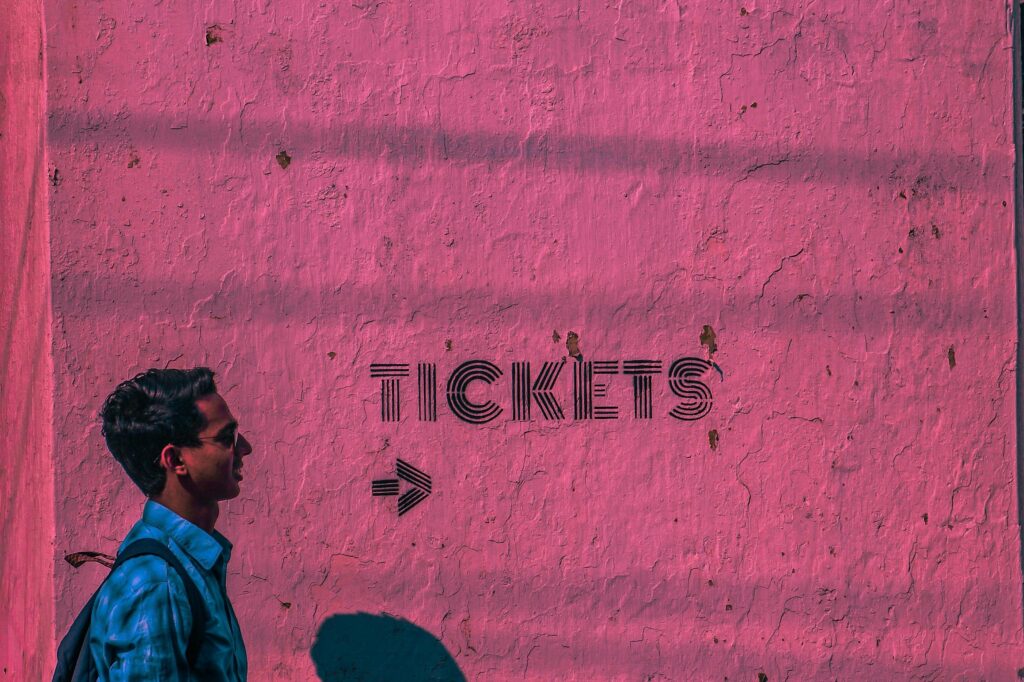“Did you know the average smart coffee maker user wastes $200 a year on subpar beans? Let’s fix that!”
You’ve invested in a smart coffee maker—congrats! But what good is cutting-edge tech if your beans taste like burnt toast? This article dives into specialty bean recommendations, helping you brew barista-level coffee with just a tap on your app. From exploring the best beans for smart brewers to understanding grind size, we’ll unlock the full potential of your gadget.
Here’s what’s brewing below:
- Table of Contents for quick sips
- Tips to maximize flavor with specialty beans
- Fails and fixes I’ve learned the hard way (*Spoiler: Buying cheap bulk coffee almost broke my spirit*)
- Case studies from real coffee lovers who nailed their routines
☕ Table of Contents ☕
- Key Takeaways
- The Problem with Generic Beans
- Step-by-Step Guide to Picking Specialty Beans
- Best Practices for Pairing Beans & Tech
- Success Stories
- FAQs About Smart Coffee Makers
🍵 Key Takeaways 🍵
- Generic beans = blah coffee. Always choose specialty beans tailored for smart machines.
- Grind consistency matters more than you think—it can make or break your brew.
- Apps are great, but they don’t replace quality ingredients.
(Remember this!) - Pairing beans with your device settings boosts flavors exponentially.
The Problem with Generic Beans
I once used pre-ground grocery store beans in my shiny new smart coffee maker. Ugh, the bitterness! It was like drinking regret served hot. Turns out, generic beans aren’t optimized for precision brewing tech. These devices rely on fresh, high-quality beans to shine—but too many people overlook this.

Confession Alert:
For weeks, I dumped cash into budget beans while blaming my machine. Rookie mistake! Don’t be me; start with premium beans designed specifically for advanced brewers. Trust me, it’s worth every penny.
Step-by-Step Guide to Picking Specialty Beans
What Makes Specialty Beans Different?
Specialty beans typically score 80+ points by the SCA (Specialty Coffee Association) and come from single-origin farms. They’re traceable, ethically sourced, and packed with nuanced flavors. Perfect for tech-savvy caffeine enthusiasts!
How to Pick the Right Ones for YOUR Machine:
- Know Your Device Specs: Does your smart coffee maker support espresso, drip, or both? Match bean types accordingly.
- Look for Freshness: Check roast dates—not expiration dates. The fresher, the better.
- Choose Whole or Ground: Grinding at home maximizes freshness. If you must buy ground, ensure it matches your brew style.
- Experiment Wisely: Try light roasts for pour-overs, medium for balanced drinks, dark for bold espressos.

Best Practices for Pairing Beans & Tech
Pro Tip #1: Keep That Grinder Clean
A dirty grinder equals nasty flavors. Use a brush to clean regularly and consider buying a separate burr grinder if your machine doesn’t have one built-in.
Pro Tip #2: Water Temperature Matters
Smart makers often let you adjust water temp. Most beans taste best between 195°F – 205°F. Anything lower leaves them under-extracted; higher burns them.
WARNING: Terrible Advice Ahead!
“Ignore anyone who says ‘any bean will do.’ False! You wouldn’t put ketchup on caviar, right?”
Rant Moment:
Why do stores still push stale, overpriced beans next to fancy machines?! STOP FALLING FOR IT. Invest in high-quality green-labeled bags instead. Your mornings will thank you.
Real-Life Success Stories
Sarah’s Story:
Sarah bought a La Pavoni smart espresso machine last year. After switching to Blue Bottle Coffee’s single-origin Ethiopia Yirgacheffe beans, her Instagram feed went wild. “My lattes look pro now,” she says. “And the taste? Chef’s kiss.”

Mike’s Testimonial:
“I hated my morning brew until I found Stumptown Coffee Roasters,” admits Mike, another smart coffee adopter. He credits their Guatemala Antigua blend for transforming his experience.
FAQs About Smart Coffee Makers
Q: Can all specialty beans work in smart coffee makers?
A: Not necessarily. Some require specific grind sizes or brewing methods. Research compatibility first.
Q: Should I stick to one brand?
A: No need! Experiment seasonally with different origins to keep things exciting.
Q: How much should I spend per bag?
A: High-quality beans range from $15-$30 per pound. Quality > Quantity.
Conclusion
Choosing specialty beans isn’t just about impressing guests—it’s about respecting your investment in smart technology. Whether you’re team light roast or dark, remember that premium ingredients + precise tech = perfection.
So go ahead, treat yourself to those Guatemalan gems or Ethiopian wonders. And hey, maybe pair it with some snazzy latte art while you’re at it. Cheers to starting your day smarter—and tastier.
P.S.: Life’s like a Tamagotchi…feed your creativity daily, and don’t forget the coffee!


